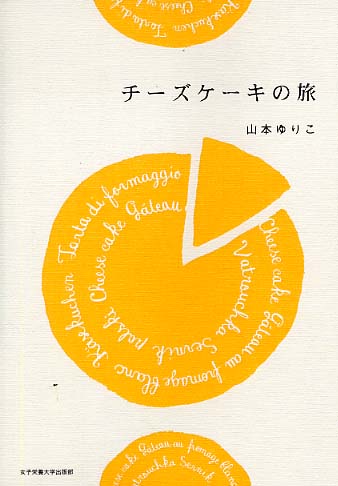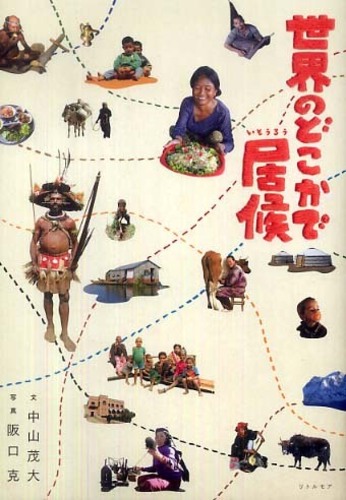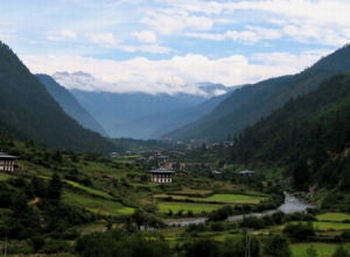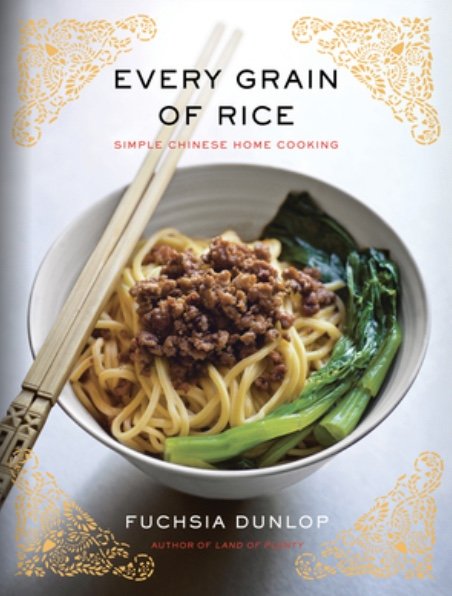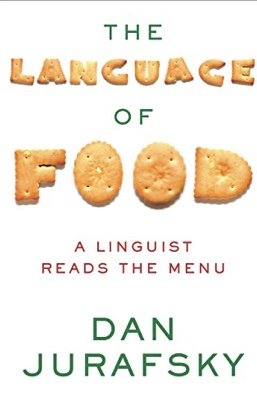Sushi & Beyond : What the Japanese know about Cooking by Michael Booth (Vintage Books)
What’s the first thing that comes to your mind when you’re asked about Japanese cuisine? The most obvious answer is found in the title above; I imagine most people would say “sushi”. But Booth hasn’t written a guide book to sushi and the best places to eat it. Look at the “& Beyond” and know that there is going to be more than sushi involved in Booth’s exploration of Japanese cookery.
The book starts out with a conversation Booth has with a friend at a restaurant in Normandy called Sa.Qua.Na—but to call this a conversation is a bit tame, Booth trades insults with Toshi, a half-Japanese, half-Korean man who is his fellow-student at the Paris Cordon Bleu. Booth lightly compares the food of Sa.Qua.Na’s chef to that of Japan’s, knowing that the chef had worked in Japan for a few years. This sets Toshi off, saying, “What you know about Japan food? You think you know anything about Japan food? Only in Japan! You can not taste it here in Europe. This man is nothing like Japan food. Where is tradition? Where is season? Where is meaning?...”
Booth’s retort was just as impassioned, if not a bit juvenile – “I know enough about it to know how dull it is…What have you got? Raw fish, noodles, deep-fried vegetables – and you stole all that from that from Thailand, the Chinese, the Portuguese. Doesn’t matter though, does it? You just dunk it in soy sauce and it all tastes the same, right? Ooh, don’t tell me, cod sperm and whale meat. Mmm, gotta get me some of those.”
I was beginning to wonder if this was going to be an interesting book after all but my worries were put to rest. After these two adversaries graduate, Toshi gives Booth a book entitled “Japanese Cooking : A Simple Art” by Shizuo Tsuji. After reading this, Booth decides to head over to the Land of the Rising Sun to see what all the fuss is about.
His plan is to try a bit of everything there is to eat, from Hokkaido to Okinawa, taking his wife and two young kids with him. Their first stop of course is Tokyo where they rent a small apartment and venture into the culinary heart of Japan in Shinjuku’s famous “Shoben Yokocho.” This translates to “Piss Alley” and it is full of small yakitori shops. Here Booth finds more than just chicken breast on skewers—there’s nankotsu (cartilage), bonjiri (chicken butt), hatsu (chicken hearts). They go to Ryogoku, Tokyo’s home to sumo wrestlers and also home to an array ofchanko nabe (one- pot stews) shops run and owned by former sumo wrestlers. Booth interviews Japan’s top chefs and checks out a few restaurants that many Japanese cannot get a reservation to enter. But this isn’t what he really wants. He yearns to make some Japanese dishes for himself and then eat them.
In order to reach this goal, Booth signs up for a couple of cooking classes and also takes a tour of Japan’s two top cooking schools. The Ecole de Cuisine et Nutrition Hattori, run by Dr Yukio Hattori in the Kanto area which encompasses Tokyo, and the Tsuji Culinary Institute which was founded by the author of “Japanese Cooking” – Shizuo Tsuji— and is currently run by his son in the Kansai area.
But Booth can’t mention sushi without taking a tour of Japan’s busiest fish market – Tsukiji. He fills us in on the seafood of Hokkaido, the fugu (puffer fish) of Shimonoseki, Kobe beef, wagyu, and how miso is made. He takes a tour of one of Kikkoman’s factories that makes soy sauce, discusses the controversy surrounding MSG, checks out the food- stall culture of Fukuoka in Kyushu, dines on a kaiseki meal in Kyoto and even manages to dine at the extra- exclusive, members- only restaurant called Mibu, “the place that made Joel Robuchon weep and humbled Ferran Adria.”
Anyone who claims to be a “foodie” or a gourmand and sees those two names in the same sentence is definitely going to want to read this book…and will enjoy it. I know I did! by Ernie Hoyt

